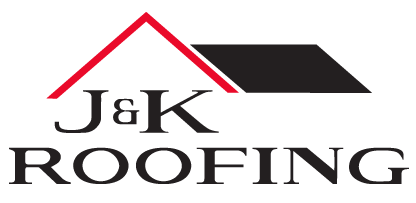
Top 5 Advantages of a Pitched Roof
Of all the possible roof styles, the pitched roof has certainly stood the test of time. The earliest styles can be traced as far back as the temples of Ancient Greece, and they continue to be a popular choice among homeowners.
What is a Pitched Roof?
Very simply, a pitched roof incorporates a two-sided sloped design with a triangular portion known as a gable at each end. A pitched roof is a fairly broad category and incorporates many different styles of roof, including the gable, hip, gambrel, dome, and mansard roofs.
What are the Advantages of a Pitched Roof?
The pitched roof remains one of the most popular roof choices in North America and can be found all over the globe. This is due to several key features that make this style of roof both practical and aesthetically pleasing.
1. Insulation and Ventilation
Sloped roofs reduce the surface area that is exposed to the elements and allow for natural ventilation to occur under the top layer. This results in enhanced thermal insulation and airflow, which keeps the home’s temperature comfortable in all seasons and can result in significant energy savings.
Proper ventilation also plays a key role in the longevity of your roof and underlying structures.
2. Better Drainage
In places that experience heavy rain and snow, a pitched roof offers uniform drainage for water runoff, which is crucial in protecting the foundation and structure of the home. By contrast, flat roofs may experience pooling of water during periods of heavy rainfall, causing excess strain on the home’s framework and the potential for leakage inside the home.
3. Versatility and Style
The relatively simple design of the pitched roof means it lends itself nicely to variation. Pitched roofs can be customized with asphalt, clay, or metal without compromising the integrity of the home’s supporting structures.
They also have curb appeal: unlike flat roofs, pitched roofs can be seen from the ground, so homeowners can have fun choosing colors and materials that reflect their personal style.
4. Added Space
The space created underneath a pitched roof can be a cost-effective way to add a living or storage area without having to add another floor to the entire house.
5. Easier to Go Solar
Solar panels are placed at an angle in order to capture the sun’s rays more efficiently. The slope of a pitched roof satisfies this need without the specialized equipment or racking systems often required for flat roofs.
How Do I Know if a Pitched Roof is Right for Me?
There are many different types of pitched roofs available on the market. Whether you are in the process of building a new home, replacing your roof, or repairing damage from a leak, you will need to have a good understanding of your home’s structure and design. You will want to consult with a licensed local roofer to discuss your options.
The exact slope and materials you choose will depend on your region’s specific climate needs, and a local roofer will be very familiar with these. They will also be able to perform a thorough inspection on an existing roof and determine if the home’s structure can support a new, pitched roof style.
J&K Roofing is well-versed and certified in all materials we use, and offers free inspections in the Denver Metro, Front Range, Colorado Springs, and Northern Colorado areas. Contact us today to see how we can help with your roofing project.
